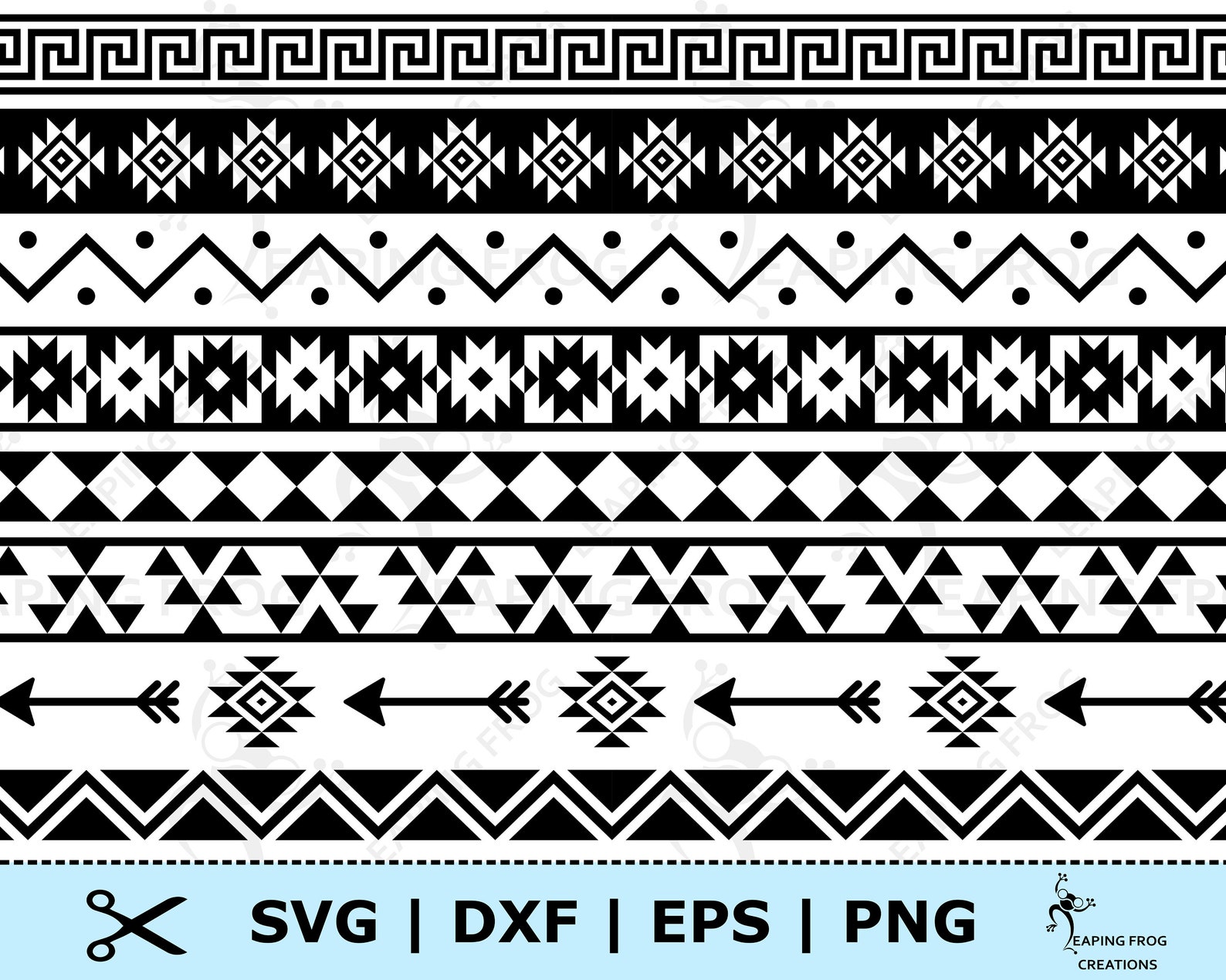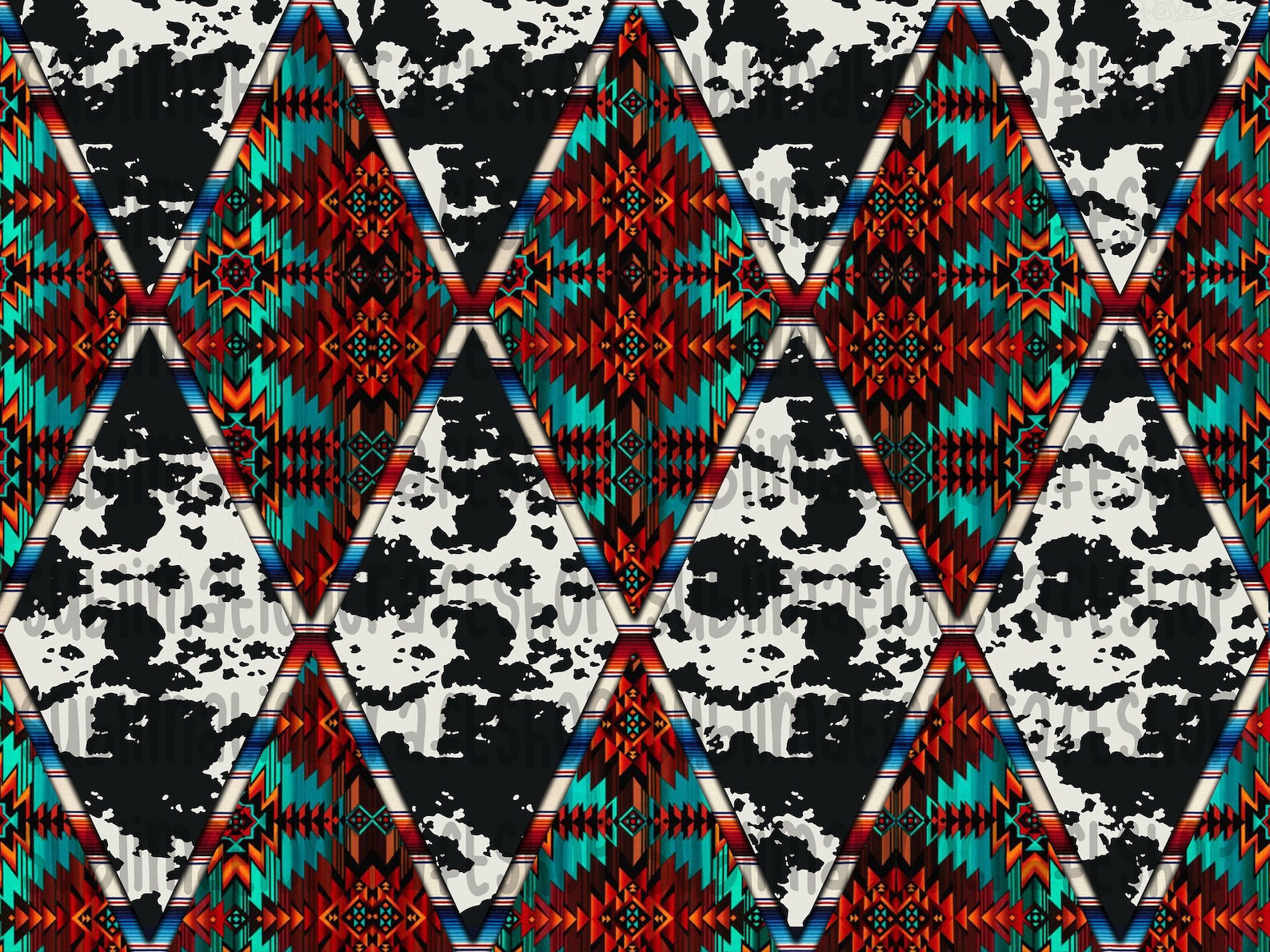Aztec architecture Wikipedia
Table Of Content

Vessels could also be made from moulds or carved while the clay was still leather-hard. A fine example of these anthropomorphic vessels is the celebrated vase representing the head of the rain god Tlaloc painted a bright blue, with goggle eyes and fearsome red fangs, now in the National Museum of Anthropology in Mexico City. The great Renaissance artist Albrecht Drurer saw some of the artefacts brought back to Europe which caused him to say, '...I have never seen in all my days that which so rejoiced my heart, as these things. For I saw among them amazing artistic objects, and I marvelled over the subtle ingenuity of the men in these distant lands'. Unfortunately, as with most other artefacts, these objects were melted down for currency, and so very few examples survive of the Aztecs' fine metalworking skills in gold and silver.
Symbolic Revival and Cultural Pride
Further, these works are usually unique, suggesting the absence of any organised workshops. Despite their eventual downfall to the Spanish, the Aztecs have left an enduring mark on us through their impressive artistic accomplishments, which still intrigue and enthrall us. These included monumental stone sculptures that beautifully captured the essence of various gods. Aztec art, known for its complexity and symbolism, provides a rich insight into the empire’s history and religious beliefs. The Sun Stone often misnamed as the ‘Azac Calendar’, is an iconic masterpiece that portrays information about celestial bodies in relation to human sacrifice rituals.
Aztec Designs
Architectural art, rock carvings of gods, animals and shields, and other art objects have been found across the empire from Puebla to Veracruz and especially around cities, hills, springs, and caves. The Sun Stone, also known as the Calendar Stone (despite the fact that it is not a functioning calendar), must be the most recognisable art object produced by any of the great civilizations of Mesoamerica. Discovered in the 18th century CE near the cathedral of Mexico City, the stone was carved c.
Population decline
1473 CE, also found at the base of the pyramid and which represents in relief the dismembered body of the fallen goddess. The stone, along with other such sculptures as the Tizoc Stone, related this cosmic imagery to the contemporary defeat of local enemies. In the case of the Coyolxauhqui Stone, the defeat of the Tlatelolca is being referenced. The supreme example of this use of art as a conveyor of political and religious messages is the Templo Mayor at Tenochtitlan which was much more than a hugely impressive pyramid. It was carefully designed in every detail to represent the sacred snake mountain of the earth Coatepec, so important in Aztec religion and mythology.
Aztec Design Patterns: Exploring The Blend of Ancient and Modern Art
Their well-proportioned ceramics boasted finely painted designs that still inspire artists today. A lot of sacred Aztec architecture was developed at Tenayuca, including some of the earliest double pyramid temples of the Aztecs. The temple pyramid of Tenayuca is an architectural marvel and consists of a base adorned with a row of rattlesnake sculptures known as coatepantli in the Nahuatl language. One was the construction of two exactly similar temples side by side and the other was the construction of a larger temple consisting of two small temples on the top.
Daily Life of the Aztecs: A Blend of Agriculture, Hierarchy, and Culture
Darth Vader Receives An Urban Aztec Design from Unruly Industries - Bleeding Cool News
Darth Vader Receives An Urban Aztec Design from Unruly Industries.
Posted: Sat, 07 May 2022 07:00:00 GMT [source]
Tizoc Stone illustrates a ceremonial dance led by Emperor Tizoc, dressed as Xipe Totec. Found in the same plaza as the Sun Stone, it’s a testament to Aztec artists’ exceptional skills. The complexity of featherwork, particularly in headdresses discovered throughout regions such as Mexico, is truly remarkable. Another important example of Aztec architecture is the archaeological site of Tenayuca. One of the most famous examples of Aztec architecture in Malinalco is the Aztec House of Eagles, also known as the Palace of Eagle Warriors. It was here that the Aztec Eagle Warriors conducted their ceremonies and performed rituals.
What Was Aztec Art Used For?
Later Aztec vessels, found by archaeologists, reveal that the Aztec were more inclined to paint plants and animals in the later period. Miniature work was also popular where subjects such as plants, insects, and shells were rendered in precious materials such as carnelite, pearl, amethyst, rock crystal, obsidian, shell, and the most highly valued of all materials, the precious stone jade. One other material which was highly prized was exotic feathers, especially the green plumage of the quetzal bird. Aztec art used a variety of animals to depict various powers of gods other than depiction of certain emotions and qualities.
Rare and Valuable Aztec Art – Feathers of Quetzal
The Aztec Empire was one of the most powerful and magnificent cultures in the region of Central Mexico. It was also the latest of these civilisations and met its downfall when the Spanish conquistadors arrived in the region in 1521. Isabella studied at the University of Cape Town in South Africa and graduated with a Bachelor of Arts majoring in English Literature & Language and Psychology.
First, these symbols’ roots trace back to earlier Mesoamerican cultures, such as the Olmec and Maya civilizations. The Aztecs incorporated these symbols into their daily lives to connect with their gods, evoke protective energies, and ensure spiritual harmony within their communities. Most of these symbols, such as the Aztec Calendar, were reserved for religious or ceremonial purposes and permeated everyday life. In this article, we dive into the world of the Aztecs and their ancient symbols, unveiling their meanings, historical context, and enduring significance.

The temples at the top of the pyramid were used for prayers and various rituals including the human sacrifice. Aztec imagery which spread across the empire includes many lesser known deities than Huitzilopochtli and there are a surprising number of examples of nature and agricultural gods. Perhaps the most famous are the reliefs of the water goddess Chalchiuhtlicue on the Malinche Hill near ancient Tula. These and other works of Aztec art were most often made by local artists and may have been commissioned by authorities representing the state or by private colonists from the Aztec heartland. Architectural art, rock carvings of gods, animals and shields, and other art objects have been found across the empire from Puebla to Veracruz and especially around cities, hills, springs, and caves.
The Aztec’s constructed buildings in this area which reflected the unique Aztec architecture. Coatlicue’s huge basalt figure is widely regarded as one of the best specimens of Aztec sculpture. With twin snakeheads, clawed hands and feet, a collar of dismembered hands and hearts, and a garment of squirming snakes – the goddess is scary. The 3.5-meter-high statue, maybe one of four, leans somewhat forward, suggesting the reveal of feminine strength and fear. The unearthing of these two sculptures, together with the uncovering of the Tizoc Stone in 1791, ushered in a new era of Templo Mayor research as modern researchers sought to analyze their intricate symbolism and decode their meanings.
They were more than just decorative pieces; they served as communication tools expressing core values. Take a moment to appreciate the intricate jewelry adorned with cosmic imagery and made using the lost-wax casting method. This remarkable craftwork reflects the rich culture of Aztec artistry, bringing their ancient tales and celestial beliefs to life. Aztec artistry was not just about the use of diverse materials but also how they were used.
Phoenix Suns' next uniform? Team introduces 'Aztec' uniform concept - The Arizona Republic
Phoenix Suns' next uniform? Team introduces 'Aztec' uniform concept.
Posted: Wed, 25 Aug 2021 07:00:00 GMT [source]
It had two shrines at the top which were dedicated to the gods Huitzilopochtli and Tlaloc. Various rituals were performed in these temples including blood-letting, music worship, and burning of tree resin. However, the supreme offering was the human sacrifice for which war captives were used. At the end of every month, religious festivities were held and humans were sacrificed on the pyramid temples. From intricate stone sculptures in the National Museum to practical items carved from basalt, every piece tells a tale of this great civilization. The vast array of materials used—from tortoise shells to precious metals—reveals their diverse influences and cultural practices.
First, a model was created using poorer-quality feathers and priceless feathers only found on the top layer. Orchid bulbs were used to make the glue for feathers during the Mesoamerican era. Feathers from both local and distant sources were utilized, particularly in the Aztec Empire.
Comments
Post a Comment